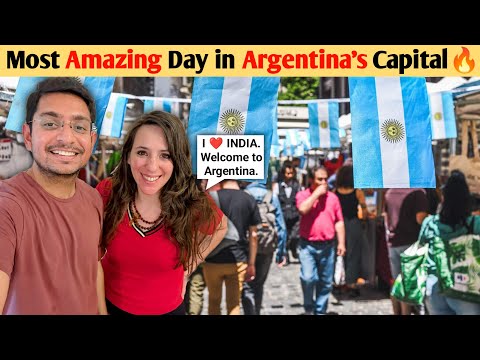#travel to #poland 4 new #adventure | "#dinosaur in the #town " | e #bike FULL #trip

Hi guys! In the previous episode I was in Czeladź, one of the oldest cities in general in Poland. This time I'm visiting - please repeat after me - Siemianowice Śląskie. This, in turn, is a quite a young city - it has city rights since 1932. However, it was created from settlements existing since the Middle Ages, which today form the city's districts.
The city has about 65 000 inhabitants and covers an area of 25 square kilometers. Until recently it was an industrial city. There were coal mines and still works here.
Today there is not much left of it, mainly monuments. A drama for people because many have lost their jobs but a breath for the environment. This time I'm not going straight to the city center but to the outskirts. First I will go along the river.
And this is Brynica as before. If you want to swim, here is an example photo of a man properly equipped for swimming in Polish rivers and lakes in this region of Poland: I would like to show you something interesting and perhaps unique for some, although it is quite a common sight in this part of Poland, but you have to look for it. That disquieting feeling of breaking into someone's property... But hey, the door was open! Well, there was no door at all, just the doorframe. ;) Just in case, you can shout: Don't shoot! I'm bringing VODKA! ;P It can save your life... This is quite an old and quaint cemetery.
It was created exactly in the middle of the 19th century and victims of the epidemic were buried here. This lonely tree looks very picturesque at sunset. Another roadside shrine, this time in the middle of nowhere. Poland is certainly a Catholic country, here every village must have a church, cities have a few of them, and in addition you will find countless roadside crosses and shrines.
Horse stables and equestrian club. But I ride a bike and no offense to those cool little horses, but for Mother of God, it smells here with horse sh*t like hell, so I'm getting out of here ASAP!.. The video was shot around May 8, so I met young German soldiers here cleaning the cemetery.
This pitch also serves as an ice rink in winter. Wojciech Korfanty was one of the most important figures of Upper Silesia and the struggle for joining this region to Poland. He's one of the fathers of independent Poland. I reached the more important destination of my trip - the city museum. It is located in the building of the former granary and occupies several floors. The ticket costs only 8 polish zloty and there are tons of exhibits.
It must have taken a lot of effort and time to gather them all here. And the curators of the museum are competent people with really extensive knowledge about Siemianowice Śląskie and its history. In fact, we should start a ride around the city with a visit to this place. The Silesian families of Kloch, Henckel von Donnersmarck, von Rheinbaben and Fitzners and their investments made a great contribution to the development of the city and the surrounding area.
It can be said that thanks to them the city made a civilizational leap. Coal mines, ironworks, boiler factories were established here, housing estates developed, a railway station was built, etc. In the museum you will also discover portraits and biographies of many figures associated with the Silesian Uprisings and the war period. Unfortunately, this place has been closed for a long time and the current owner seems to intend to sell it. This Center is known all over Poland. On the streets: Obwodowa, Fabryczna, Konopnickiej, Chemiczna there are many different companies and plants where our guests from Ukraine can look for a job at the beginning.
In the 19th century, the Donnersmarck brothers founded a steelworks in the city called "Laura", many years later changed to "Jedność", which means "Unity" in English. At one time it was one of the largest and most famous steelworks in Europe. Unfortunately at the end of the previous century it was liquidated, leaving only this water tower, several historic buildings and the rubble that can be seen in the background. Jan Kapica was a catholic priest, political and social activist. I feel like a mouse in a maze...
I have to confess: I hired this stuntman to get some subscribers. ;) Remember those two old photos on the left from the museum? The Heroes are not faceless! This castle-like building was the home of a gardener or forester who once looked after the nearby park. As you can see post-mine shafts and buildings can be revitalized and given new functions.
If I remember correctly this huge sculpture used to stand on one of the roundabouts. Let's take a look inside! Along Wyzwolenia and Towarowa Streets there are several companies where mainly men from Ukraine will find employment. On Rozwojowa Street and neighboring streets there are, among others, a company that produces windows and other produces springs, another one produces forklifts and probably water fittings.
Probably as many Ukrainians as Poles work here. That's it for today's episode. Have a nice weekend and take care!
2023-06-03 09:50


